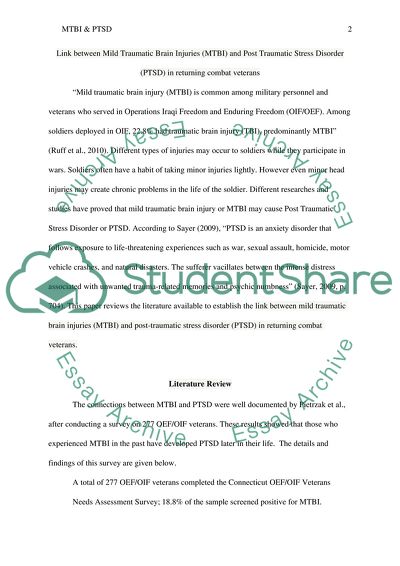Cite this document
(Brain Damage Can Provoke a Mental Disorder in the Military Research Paper, n.d.)
Brain Damage Can Provoke a Mental Disorder in the Military Research Paper. Retrieved from https://studentshare.org/health-sciences-medicine/1759006-brain-damage-can-provoke-a-mental-disorder-in-the-military
Brain Damage Can Provoke a Mental Disorder in the Military Research Paper. Retrieved from https://studentshare.org/health-sciences-medicine/1759006-brain-damage-can-provoke-a-mental-disorder-in-the-military
(Brain Damage Can Provoke a Mental Disorder in the Military Research Paper)
Brain Damage Can Provoke a Mental Disorder in the Military Research Paper. https://studentshare.org/health-sciences-medicine/1759006-brain-damage-can-provoke-a-mental-disorder-in-the-military.
Brain Damage Can Provoke a Mental Disorder in the Military Research Paper. https://studentshare.org/health-sciences-medicine/1759006-brain-damage-can-provoke-a-mental-disorder-in-the-military.
“Brain Damage Can Provoke a Mental Disorder in the Military Research Paper”, n.d. https://studentshare.org/health-sciences-medicine/1759006-brain-damage-can-provoke-a-mental-disorder-in-the-military.


